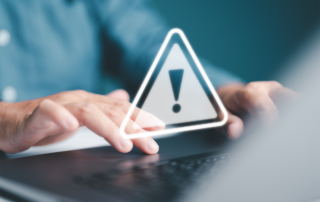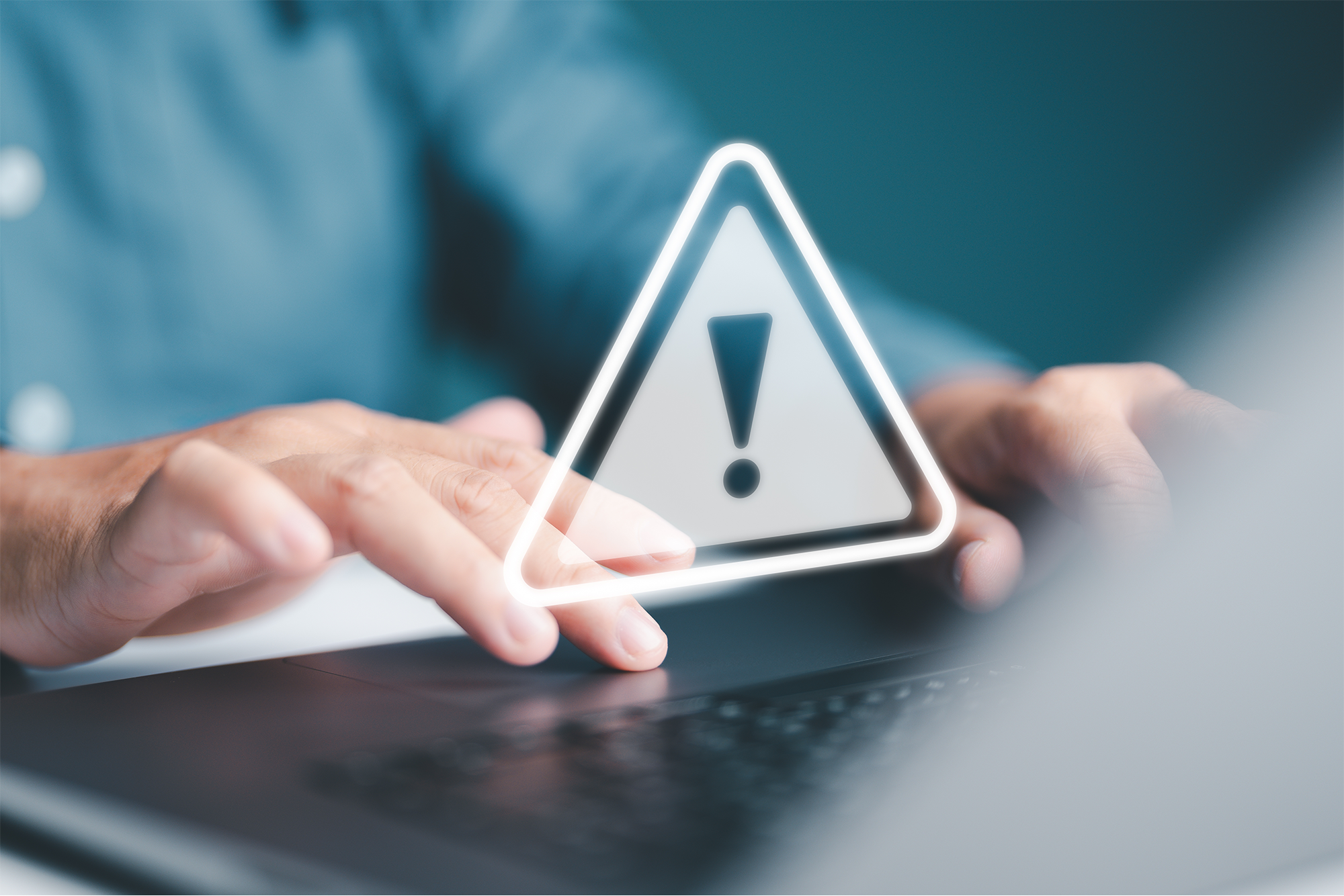October is National Cybersecurity Awareness Month. During this annual event, government and cybersecurity leaders and the insurance community come together to raise awareness about the importance of cybersecurity.
It is important to remember that businesses must stay cyber-secure to safeguard company data, protect customers’ personal information and ensure employee privacy. Here are 9 essential cybersecurity controls that organizations can implement to help manage their cyber exposures.
Endpoint Detection and Response (EDR) Solutions
EDR solutions record and store events from endpoint, utilize various data analytics techniques to detect suspicious system behaviors, provide contextual information, block malicious activities and offer remediation suggestions to help organizations restore affected technology.
Patch Management
Patches are software and operating system updates that address security vulnerabilities within programs and products. A consistent approach to patching and
updating software and operating systems can help organizations limit their cyber exposures.
Network Segmentation and Segregation
Network segmentation refers to dividing larger networks into smaller segments, whereas network segregation entails isolating crucial networks from external networks, such as the internet. Both processes limit the risk of cybercriminals gaining expansive access to organizations’ IT infrastructures.
End-of-Life Software Management
When software reaches the end of its life, manufacturers will discontinue technical support and security improvements for these products, thus creating vulnerabilities that cybercriminals can easily exploit. As such, having plans for introducing new software and phasing out unsupported products is critical.
Remote Desk Protocol (RDP) Safeguards
RDP ports allow users to connect remotely to other servers or devices. Although these ports are useful, they can also be leveraged as a vector for launching ransomware attacks. To safeguard their RDP ports, organizations should keep these ports turned off when they aren’t in use and ensure such ports aren’t left exposed to the internet.
Email Authentication
This technology monitors incoming emails and determines the validity of these messages based on specific sender verification standards that organizations have
in place. Such technology can help keep potentially dangerous emails out of employees’ inboxes.
Data Backups
Organizations should determine safe locations to store their critical data, generate concrete schedules for backing up this information and outline data recovery procedures to ensure swift restoration amid possible cyber events.
Multifactor Authentication (MFA)
MFA is a layered approach to securing data and applications where a system requires a user to present a combination of two or more credentials to verify their
identity for login. Organizations should enable MFA for remote access to their networks.
Employee Training
Employees are widely considered organizations’ first line of defense against cyber incidents, making cybersecurity training crucial. This training should occur regularly and center around helping employees identify and respond to common cyberthreats.
For more cyber risk management and insurance guidance, contact INSURICA today.
This is not intended to be exhaustive nor should any discussion or opinions be construed as legal advice. Readers should contact legal counsel or an insurance professional for appropriate advice. ©2023 Zywave, Inc. All rights reserved
About the Author
Share This Story
Related Blogs
OSHA’s Safe and Sound Week Scheduled for Aug. 12-18
Each year, more than 5,000 workers are killed on the job. Additionally, more than 3.6 million employees are seriously injured each year while at work. Because of this, the Occupational Safety and Health Administration (OSHA) holds a nationwide event each August called Safe and Sound Week, which promotes the importance of companies incorporating safety and health programs into their workplace. This year, the event runs Aug. 12-18, 2024.
2024 Midyear Market Outlook: Workers’ Compensation
Profitable underwriting results have generated favorable conditions across the workers’ compensation insurance market for nearly a decade. According to the National Council on Compensation Insurance (NCCI), the segment produced combined ratios of 84.5 and 84.9 in 2022 and 2023, respectively, demonstrating continued profitability.
CrowdStrike, the Most Important Cyber Accumulation Loss Event Since NotPetya, Highlights Single Points of Failure
In what is being called “the most important cyber accumulation loss event since NotPetya,” the July 19, 2024, global technology outage (CrowdStrike) will produce scores of insurance claims across a range of policies, test cyber policy wordings,and sharpen the industry’s focus on single points of failure.







